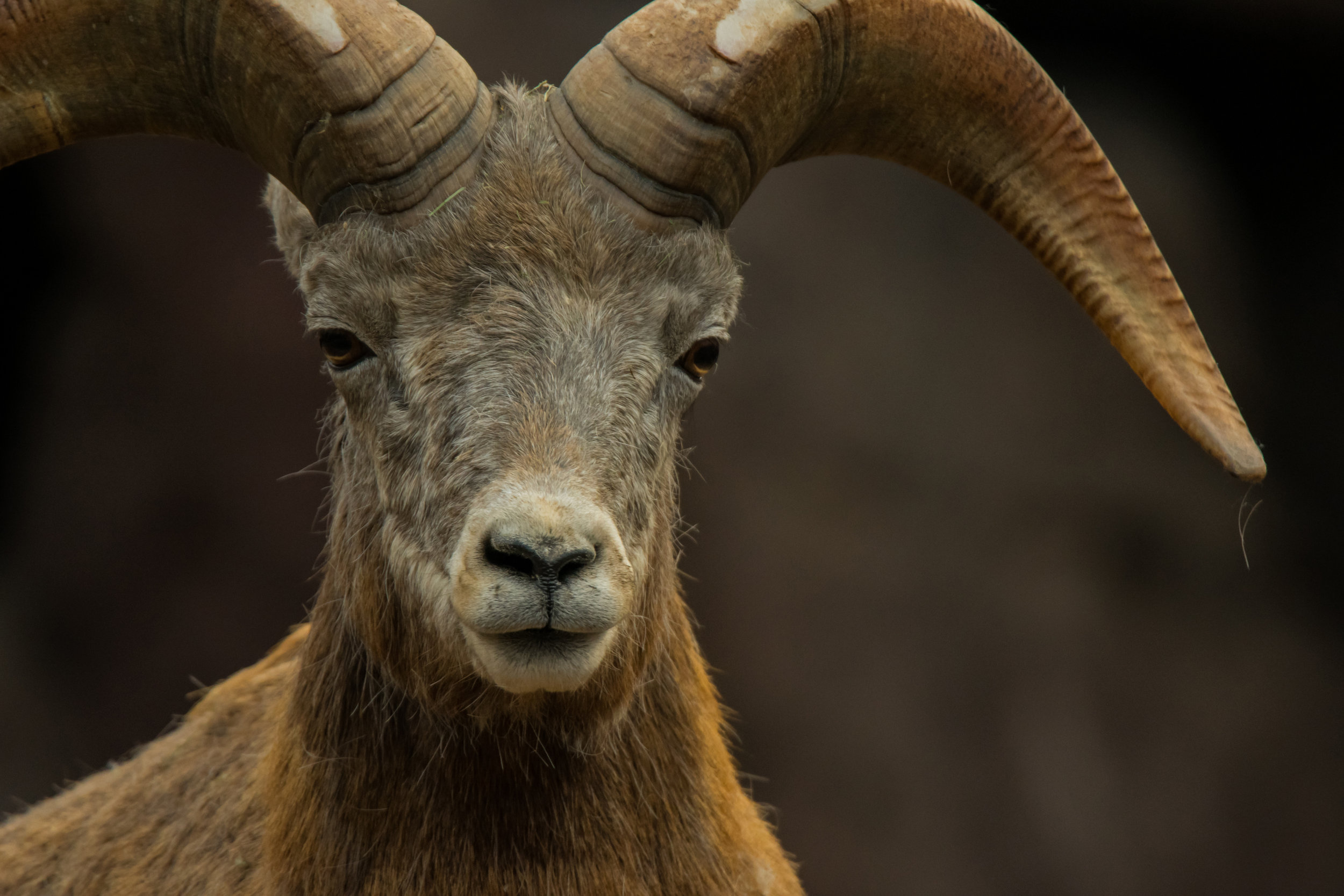Sierra Nevada Bighorn Sheep
"In The Shadow of Sierras” by Brynn Metheney (pencil and gouache)
“I chose the Sierra Nevada Big Horn because they are the fearless mountain climbers. Sheep and goats that inhabit these unreachable worlds are incredible athletes; navigating sheer cliff faces and trotting on unstable rock. I have a special place in my heart for the wilderness of California and the Sierra Nevada Big Horn embodies the spirit of that completely. The piece I produced features a lot of environment and I wanted the mountain itself to have a big presence in the image. I wanted there to be a silence about it as the sheep moved through the space; calm and in control.”
Also known as Mountain sheep.
Habitat
Typically, the preferred terrain of Sierra Nevada bighorn sheep is rough, rocky and steep.
Family Life
Bighorn sheep live in gendered herds, made up of sexually mature males or females and mixed-sex, immature offspring.
Lifespan
Females have an average lifespan that extends far beyond males. Ewes will live between 12 and 20 years while rams live an average of 10 to 12 years.
Hunting Habits/Diet
Sierra Nevada bighorn sheep are ruminant herbivores. Their diet includes grasses, herbaceous plants and shrubs. They are very selective feeders; eating seasonally, they seek out the most nutritious vegetation available.
Population
The total population of Sierra bighorn has made a significant recovery since its low of about 100 animals in 1995. There are now at least 600 individuals, as estimated by the California Department of Fish and Wildlife.
Why are they Endangered?
Diseases passed on from domestic sheep and goats, habitat changes resulting from vegetation succession, predation and inbreeding due to small population size all threaten the recovery of the Sierra Nevada bighorn sheep population.
Status
Endangered


